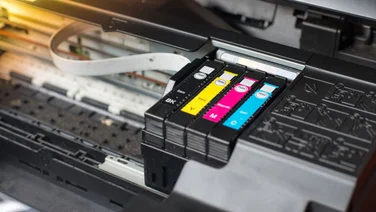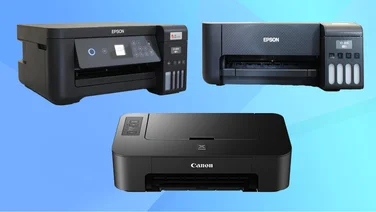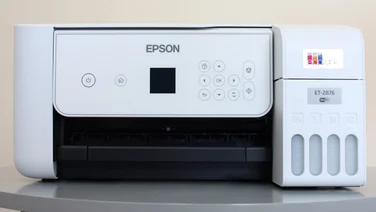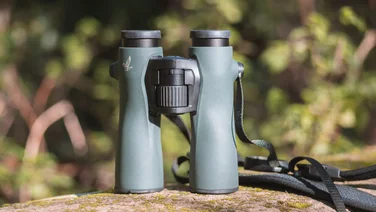To help us provide you with free impartial advice, we may earn a commission if you buy through links on our site. Learn more


Enthusiasts had been crying out for a compact camera with a good lens and a large sensor, but none of the major camera manufacturer really flinched. In the end it fell to Sigma, a company that most people would associate with making lenses, to make the first move with the DP1 more than two years ago.
The DP1 was a strange beast in many ways, but what made it interesting was its unique Foveon X3 sensor. Unlike the conventional CCD or CMOS sensors used in almost every other digital camera, which can capture only one primary colour per photocell, the Foveon X3 is able to capture full RGB colour in every individual photocell.
Instead of using a Bayer mask filter to estimate RGB values for each photocell, Sigma’s Foveon X3 sensor has three receptors stacked on top of each other – one each for Red, Green and Blue values. These are buried within the sensor at precisely calculated depths that correspond to the frequency of the light – lower frequencies can penetrate further into silicon and so the red receptors are the deepest, followed by green and then blue.

Like the DP1 (and the DP2), Sigma’s DP2s uses a 20.7×13.8mm sensor that produces 2,652×1,768-pixel resolution images. That’s quite a bit smaller than most of today’s cameras and works out at 4.7 megapixels, but it’s recording three times as much information per pixel so in theory it can produce the same amount of detail as a conventional 14.1-megapixel sensor.
Another unusual choice that Sigma made was to equip the DP2s with a fixed 41mm (equivalent) f/2.8 lens. Most camera manufacturers are tending towards wide-angle zoom lenses, but its equivalent focal length is similar to the 50mm prime lenses which older SLRs used to be sold with. It also means photographs look very natural with a perspective similar to the human eye.
The DP2s’s body looks quite dated by today’s standards, but it’s well built and made from metal. The 2.5in screen also feels rather dated and its 230,000-dot resolution makes manual focusing something of a black art. Even though you can zoom in to aid manual focusing, it’s simply not sharp enough to be of any use.
The controls feel a bit flimsy which is disappointing for such an expensive camera and – worse still – they’re confusing. The manual focus wheel in particular is fiddly and could be better positioned (we’d prefer to see a focus ring on the lens barrel) and the two buttons on the top right edge are awkward to use. The menu isn’t a place to find solace, either, as you’re greeted with almost retro styling and a clunky interface.
Performance is an area where Sigma has been singing the DP2s’s praises as the older DP2 was known for its lacklustre focusing speed. While speed is certainly improved, it’s a long way from being described as a quick camera. We recorded the shot-to-shot time at just under three seconds, but it will achieve this in both JPEG and RAW modes.
It can burst at about two frames per second, but you’ll only get four shots in JPEG mode and three in RAW. Auto-focusing is still very slow – and extremely noisy – which, combined with the poor burst speed, make the DP2s a poor choice for fast moving objects. Low-light focusing is also very poor – a fact not helped by the fact there’s no AF assist lamp. Once the light drops below a certain level, you’ll need to resort to manual focusing which, as we’ve already said, is a pain.
HD video recording is becoming increasingly popular on compact cameras, with most offering at least 720p resolution clips. The DP2s’s video mode supports just 320×240 resolution recordings at 30fps with mono audio. There’s a high chance your mobile phone will be able to record higher resolution videos than the DP2s.

You’d think that the DP2s was a failure at this point, but its saving grace is the excellent still image quality. JPEGs are a little muddy and lack vibrancy for our own tastes, but out-of-camera RAW image quality is simply stunning and easily surpasses every other compact camera out there. The level of detail, richness of colours and dynamic range could put even some mid-range DSLRs to shame below ISO 400.
At ISO 800, noise is still incredibly well controlled and borders on film-like. In RAW mode images are very printable, but colours do tend to shift quite a bit at high ISO when shooting JPEGs. At sensitivities higher than that, you’ll need to shoot in RAW mode, but the results are somewhat mixed. ISO 1600 is maybe useable for web or printing in black and white, but ISO 3200 is where the wheels start to fall off. Colour saturation and reproduction are quite poor and there’s a noticeable blotchiness in some parts of images – particularly in shadows – which makes the images unusable.
We saw minimal distortion in the photographs we shot on the DP2s. Image sharpness was particularly good from corner to corner – a key advantage of the fixed focal length prime lens, which is frankly excellent. Chromatic aberrations are also kept to a minimum although we did see some fringing around the edges of objects in particularly high-contrast scenarios. The large f/2.8 maximum aperture exposes another one of the lens’s strengths too: the quality of its background blur is very smooth and visually pleasing, making the camera great for portraits.
Ultimately though, the DP2s’s stunning image quality isn’t enough to cover up some of its more serious cracks. Everything from the poor low-light focusing to the mediocre handling and slow, often noisy operation will put off all but the most dedicated users. And that’s if they weren’t already put off by the eye-wateringly high £540 price. If you’re prepared to put up with the flaws, you will be rewarded with spectacular photos, but most users will be better suited to a high-end compact like the Panasonic LX3 (or the brand new LX5) or a semi-compact Micro Four Thirds camera like the Panasonic GF1.






